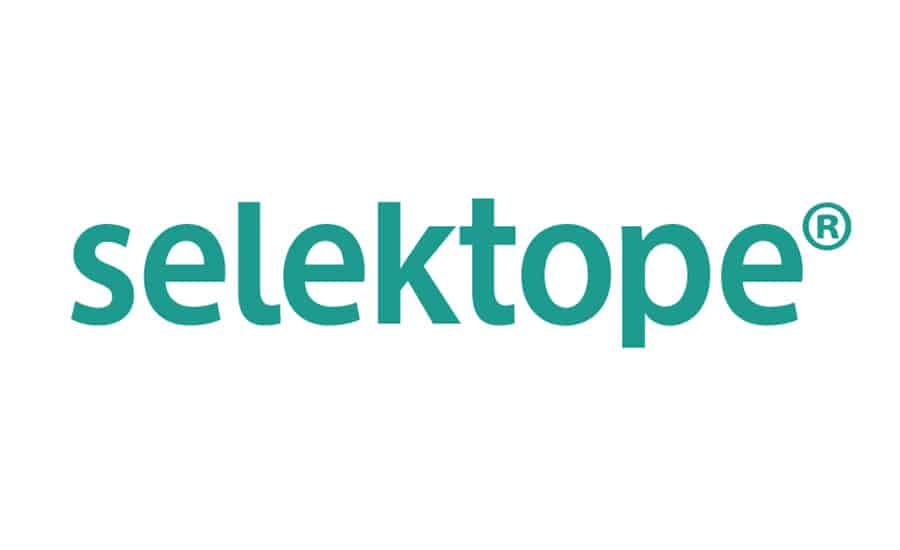The Role of Selektope in Maritime Decarbonization
Biocidal Antifouling Coatings: A Crucial Tool for Maritime Decarbonization

The commercial shipping industry is under pressure to rapidly decarbonize in order to meet international greenhouse gas (GHG) emission reduction rules set by the International Maritime Organization (IMO). A key component in this effort is the use of biocidal antifouling coatings to protect ships from biofouling, which can increase fuel consumption and emissions.
Marine biocides, like Selektope, play a critical role in this process. Selektope stands out because it can be used in very low concentrations—just 0.1% of the wet weight of paint—while still effectively preventing barnacle fouling. This allows for the development of low biocide coatings that minimize environmental impact without sacrificing performance.
WAN HAI achieves improved fuel efficiency with Nippon Paint Marine
Since its introduction in 2015, Selektope has become popular with paint manufacturers. To date, thirty-six antifouling coating products containing Selektope have been commercialized, serving a range of vessels from ocean-going ships to leisure boats.
Magnus Henell, CEO of I-Tech AB, highlights the growing demand for Selektope as the shipping industry faces increased pressure to reduce emissions and prevent the transfer of invasive aquatic species. Henell envisions a future where Selektope is a standard component in all marine antifouling coatings, ensuring ships are always protected against barnacle fouling. He emphasizes the company’s mission to make this vision a reality over the next decade.
Join Our WhatsApp Community!
For the latest updates, information, and exclusive content, join our WhatsApp community today! Click the link below to become a part of our growing network:
Stay connected and be the first to know about all the exciting news and events!
